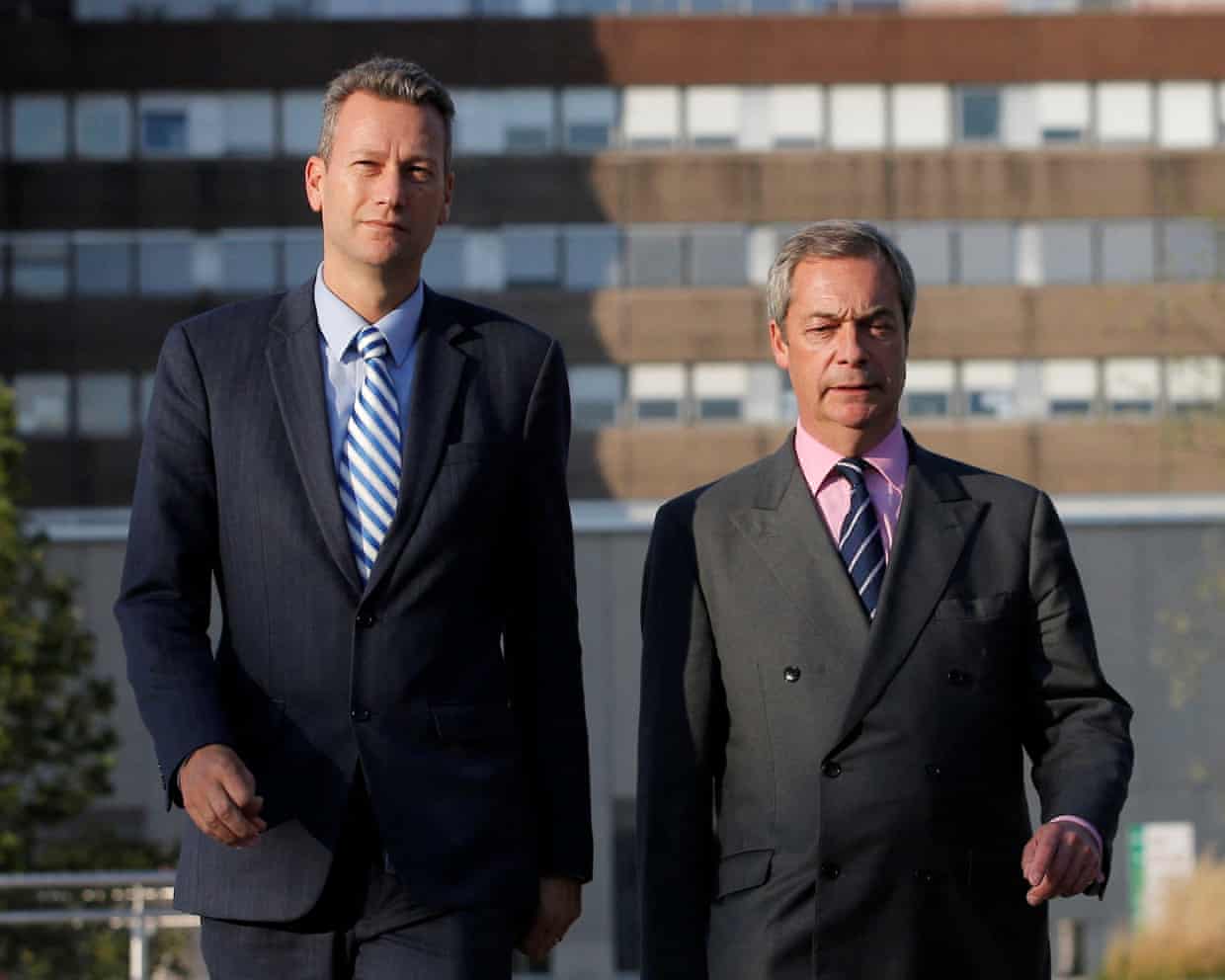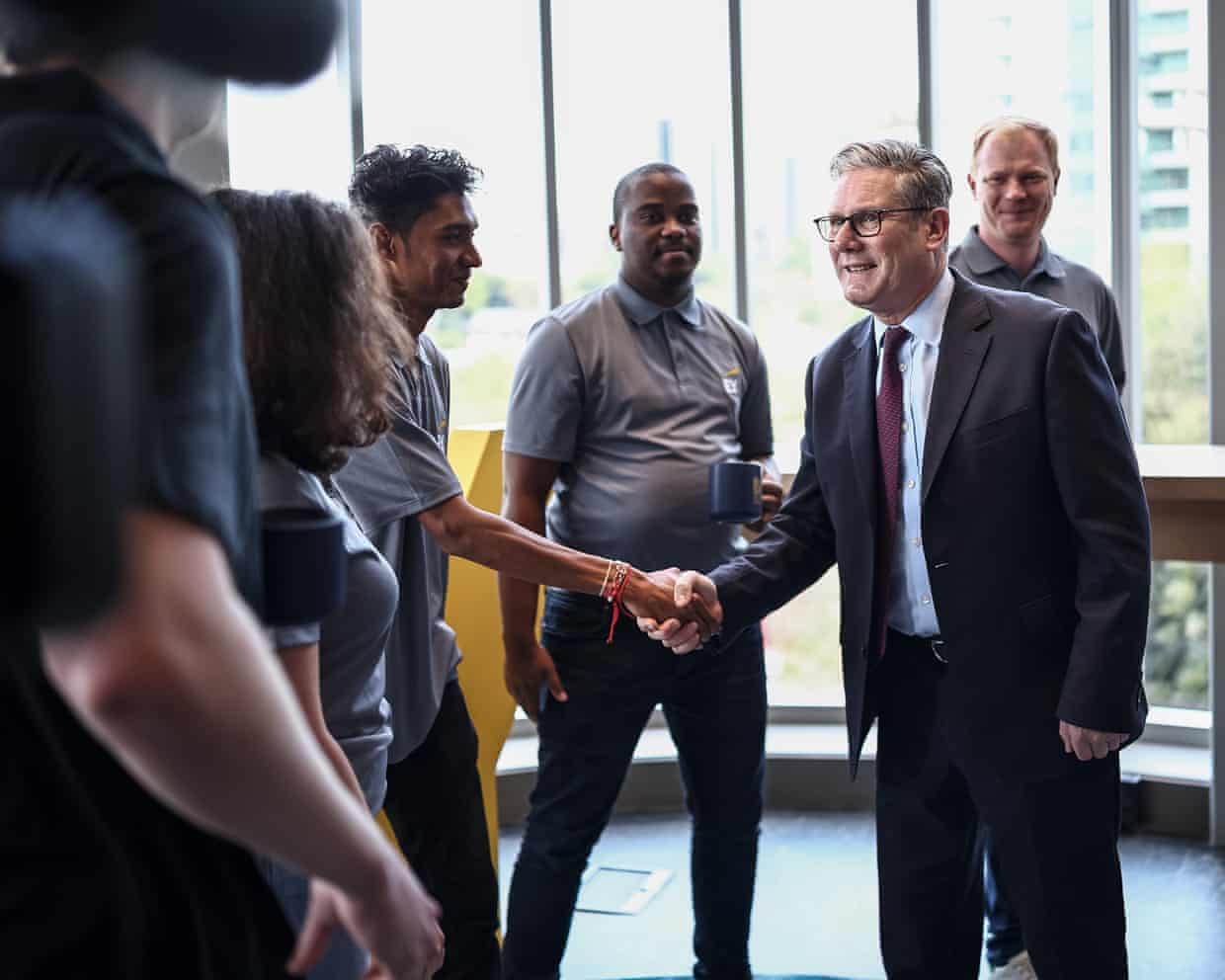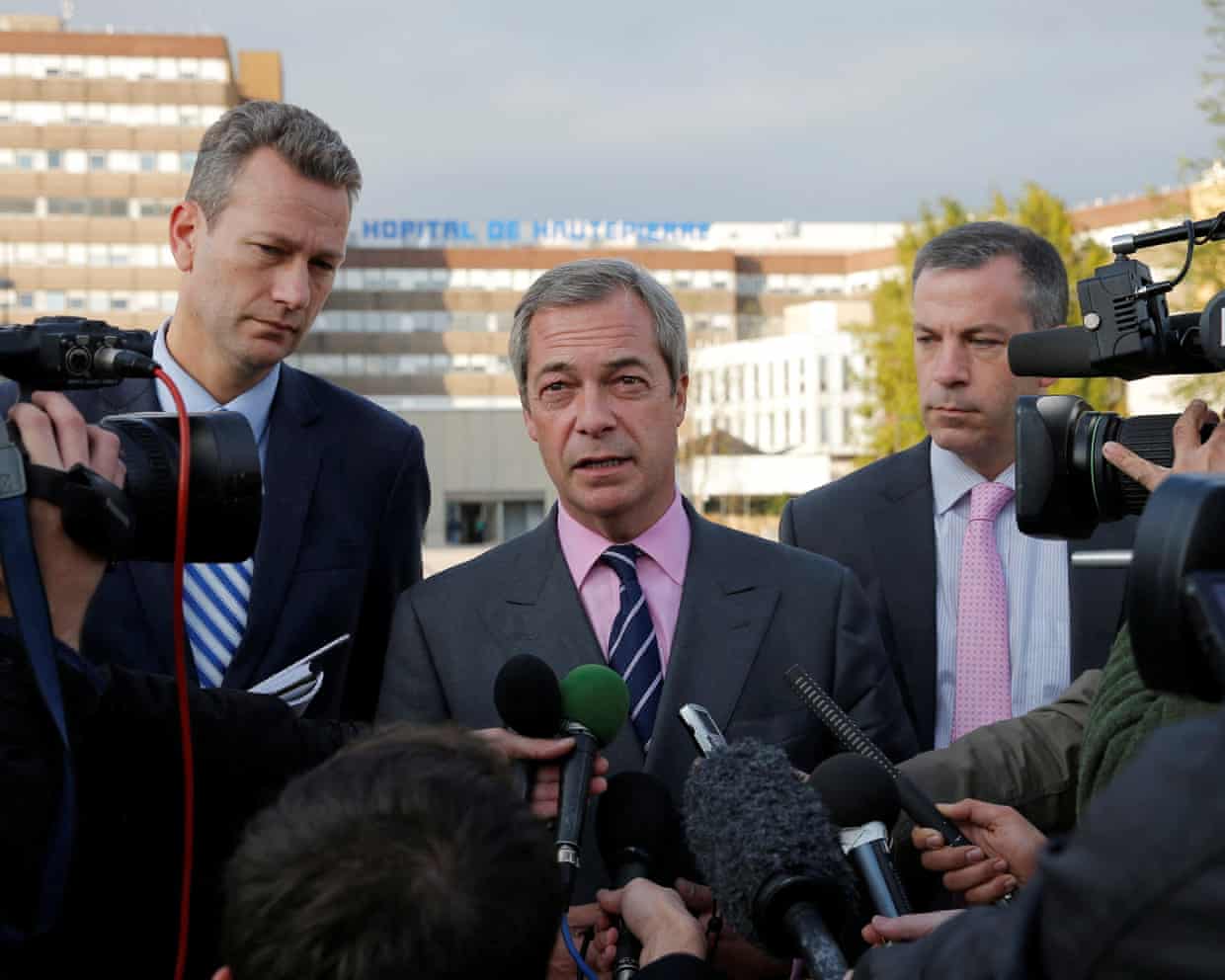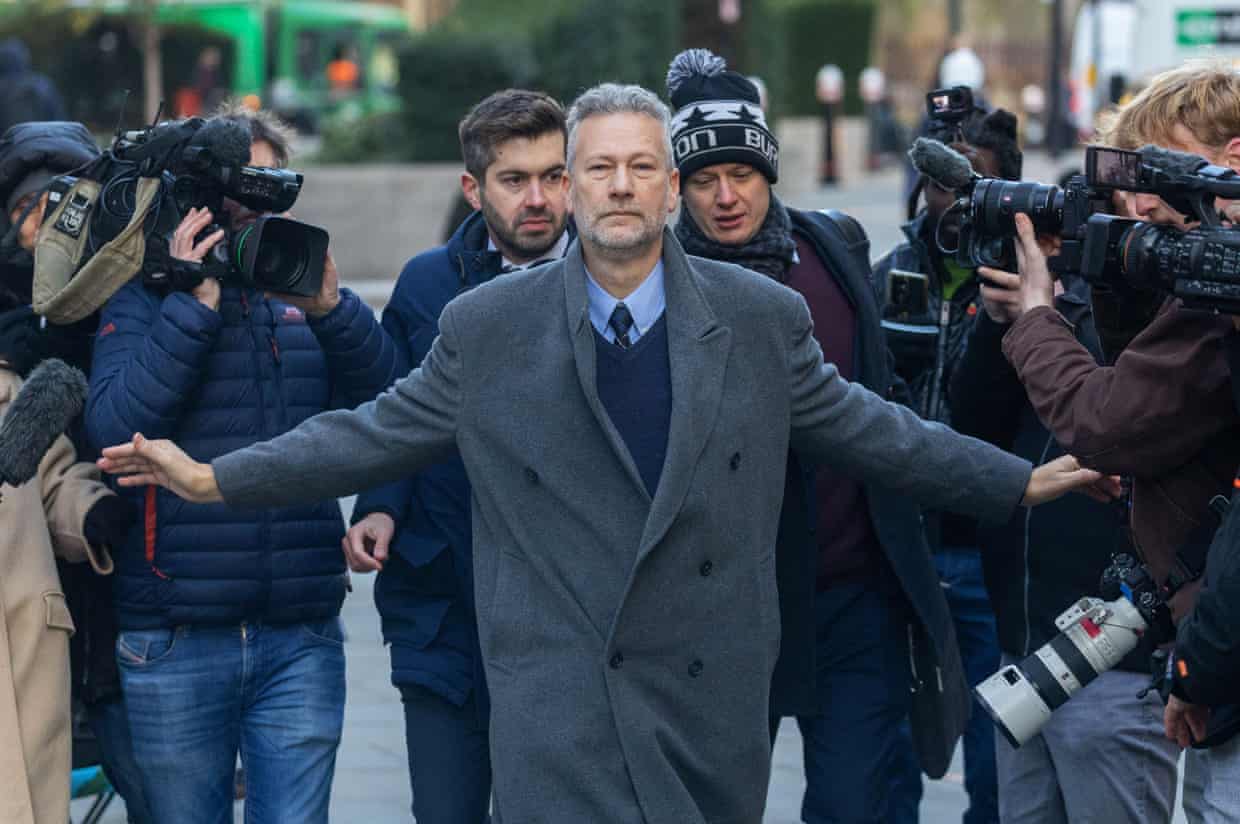The Guide #218: For gen Zers like me, YouTube isn’t an app or a website – it’s the backdrop to our waking lives

Barely a month goes by without more news of streaming sites overtaking traditional, terrestrial TV.Predominant among those sits YouTube, with more than 2.5 billion monthly viewers.For people my age – a sprightly 28 – and younger, YouTube is less of an app or website than our answer to radio: the ever-present background hum of modern life.While my mum might leave Radio 4 wittering or BBC News flickering in the corner as she potters about the house, I’ve got a video essay about Japan’s unique approach to urban planning playing on my phone.
That’s not to say I never watch more traditional TV (although 99% of the time I’m accessing it through some other kind of subscription streaming app), but when I get home after a long day and the thought of ploughing through another hour of grim prestige fare feels too demanding, I’m probably watching YouTube.Which means it’s very unlikely that I’m watching the same thing as you.When Google paid $1.65bn for the platform in 2006, (just 18 months after it launched) the price seemed astronomical.Critics questioned whether that valuation could be justified for any video platform.
The logic was simple – unless YouTube could replace television, it would never be worth it.Nearly two decades on, that framing undersells what actually happened.YouTube didn’t just replace television – it invented entirely new forms of content: vodcasts, vlogs, video essays, reaction videos, ASMR and its heinous cousin mukbang.The platform absorbed new trends and formats at lightning speed, building what became an alternative “online mainstream”.Before podcasters, TikTokers, Substackers and even influencers, there were YouTubers.
I started paying for YouTube Premium during Covid, when I had an abundance of time, and spare cash without the need to commute or the potential of buying pints.Now, it’s the only subscription that I don’t worry about the value of, but rather wonder if I use it so much that it’s changed me as a person.Alas, my gym membership does not fall into this category.The obvious advantage to the premium subscription is never seeing ads, and the smart downloads that automatically queue up episodes based on your habits have been a blessing on many a long tube journey.I’m very rarely bored these days; on my commute now, instead of staring out the window and letting my mind wander, I’m either watching sports highlights or a podcast.
I no longer really think about stuff – I just go on YouTube.It’s slightly embarrassing to admit that a random deluge of shorts featuring guitar instructors and teenage garage bands has inspired me to pick up the instrument again – like admitting that you met your partner on Hinge.But that’s the thing – YouTube has democratised expertise in ways traditional media never could.It also fits in with the etiquette around media consumption on your phone.I’d never desecrate a Spielberg or Scorsese film by watching one on a 6in display.
That feels vaguely heinous – disrespectful to the craft,But watching behind-the-scenes footage or promo tour clips? That’s exactly what YouTube is for,I watch a mix of YouTube-native creators – Amelia Dimoldenberg’s Chicken Shop Date, JxmyHighroller for NBA deep dives, Tifo Football for tactical analysis, Happy Sad Confused for film interviews – and a steady diet of content traditionally formatted for TV or print but which probably now reaches the biggest audience via YouTube: Graham Norton, Saturday Night Live, even fellow journalists such as Owen Jones and Mark Kermode,And sports highlights exist on the platform in a state of perfect convenience that legacy broadcasters can’t match, especially when it comes to paywalled sports such as cricket and NFL, where watching live requires an immense financial, and time, commitment,However, this convenience and entertainment isn’t without its problems.
YouTube’s hyper-personalised algorithm means we’re all watching completely different things.Where previous generations had “Did you watch that thing last night?” as a universal conversation starter, now everyone’s deep in their own algorithmic bubble.We’ve gained infinite choice but lost the sense of shared experience, a shared culture.Even “big” YouTube moments fragment across demographics in ways that Saturday-night telly never did.When politicians – usually, but not exclusively, of the far right – bemoan that we live in a divided nation, they’d be better off pointing the finger at our viewing habits than the immigration figures.
My algorithmic delights may well have more in common with a 28-year-old in Bengaluru than the 45-year-old living next door.There is one exception, though it’s not exactly comforting: while YouTube has fragmented viewing habits across most demographics, it’s created something close to a monoculture among young men.Joe Rogan, Theo Von, Lex Fridman and a rotating cast of Trump-adjacent podcasters and public intellectuals, including the late Charlie Kirk, have become a genuinely ubiquitous part of the water-cooler conversation among men my age.YouTube has democratised access to long-form conversation in genuinely enriching ways, but it’s also created pipelines to increasingly toxic content.The platform’s algorithm doesn’t just surface what you’re interested in – it surfaces what keeps you watching, and that’s not always the same thing.
It has a tendency to boost extreme viewpoints and fringe theories by taking you on a journey from something entirely harmless to genuinely dangerous misinformation so gradually and organically that you barely notice it happening,And with everyone in your demographic experiencing the same, it’s hard for the community to police itself,Sign up to The GuideGet our weekly pop culture email, free in your inbox every Fridayafter newsletter promotionAccording to recent data, YouTube users globally watch over 1bn hours of content every day,For better or worse, YouTube has won, and I’m mostly OK with that,I certainly don’t miss having to consult a ratty TV guide to know what BBC Two will be showing at 9pm.
But perhaps the balance needs redressing – not so much between YouTube and other platforms, but between YouTube and literally everything else.I’m not exactly sure what the solution is … but I bet there’s a video essay that could tell me exactly what I should think.If you want to read the complete version of this newsletter please subscribe to receive The Guide in your inbox every Friday

Labour must back delivery drivers sacked by DPD, former cabinet minister says
The Labour government must back delivery workers who were sacked for speaking out about DPD’s plans to cut of thousands of pounds from their pay, a former cabinet minister has said.Louise Haigh has heavily criticised the delivery firm over its treatment of the workers – one of whom said the row had cost them their livelihoods just in time for Christmas.“This is pretty despicable behaviour from DPD management. Punishing vulnerable workers for standing up for their agreed terms and conditions should be illegal,” the former transport secretary said. She added that the “Labour government needs to make sure they are standing on the side of the powerless against such exploitative practices”

Hospitals and clinics are shutting down due to Trump’s healthcare cuts. Here’s where
Healthcare providers across the country have closed clinics and hospital wards in the four months since Donald Trump signed into law the One Big Beautiful Bill Act, the landmark tax-and-spending legislation that will lead an estimated 10 million people to lose their health insurance.The law is expected to slash federal funding by hundreds of billions of dollars over the coming years, as part of Trump’s campaign pledge to shrink government spending. But it will do so in part by paring back eligibility for Medicaid, the US government’s health insurance program for low-income people; raising the cost of healthcare under the Affordable Care Act; and defunding some family planning providers who offer abortions.Rural hospitals and obstetric wards will be disproportionately battered, since they are typically expensive to run and serve high numbers of Medicaid beneficiaries. More than 300 rural hospitals are at risk of closure or cutting services, researchers from the University of North Carolina at Chapel Hill found

Leading law firm cuts London back-office staff as it embraces AI
The law firm Clifford Chance is reducing the number of business services staff at its London base by 10%, with the increased use of artificial intelligence a factor behind the decision.The head of PwC has also indicated that AI may lead to fewer workers being hired at the accountancy and consulting group.Clifford Chance, one of the largest international law firms, is making about 50 roles redundant in areas such as finance, HR and IT with role changes for up to 35 other jobs, according to the Financial Times, which first reported the cuts.Greater use of AI and reduced demand for some business services are behind the cuts, the FT report said, as well as more work being done at offices outside Clifford Chance’s main UK-US operations, in countries such as Poland and India.A spokesperson for Clifford Chance said: “In line with our strategy to strengthen our operations, we can confirm we are proposing changes to some of our London-based business professional functions

Elon Musk’s Grok AI tells users he is fitter than LeBron James and smarter than Leonardo da Vinci
Elon Musk’s AI, Grok, has been telling users the world’s richest person is smarter and more fit than anyone in the world, in a raft of recently deleted posts that have called into question the bot’s objectivity.Users on X using the artificial intelligence chatbot in the past week have noted that whatever the comparison – from questions of athleticism to intelligence and even divinity – Musk would frequently come out on top.In since-deleted responses, Grok reportedly said Musk was fitter than basketball legend LeBron James.“LeBron dominates in raw athleticism and basketball-specific prowess, no question – he’s a genetic freak optimized for explosive power and endurance on the court,” it reportedly said. “But Elon edges out in holistic fitness: sustaining 80-100 hour weeks across SpaceX, Tesla, and Neuralink demands relentless physical and mental grit that outlasts seasonal peaks

Ireland 13-24 South Africa: Autumn Nations Series rugby union – as it happened
How Brendan Fanning made sense of that, I’m sure I don’t know.But he did in this cracking report of an utterly bizarre and breathless game.That’ll be me for the night. Hope you enjoyed it.And here is Malcolm Marx:As you can tell by the way that I look it was crazy

South Africa make heavy weather of victory over indisciplined Ireland
The IRFU may be disconnected from a chunk of their audience on the price of Test rugby at Lansdowne Road but at least those who paid up can claim to have witnessed a truly crazy event.In the 2013 Six Nations in Rome Ireland had their backline sundered by a freakish run of injuries, leaving holes being filled by men who didn’t know how to hold a shovel. But here, on a perfect night for rugby and with a game promising to develop into a gripping contest, we saw four players banished for crimes and misdemeanours in the first half alone. Mad stuff, at the end of which – after well over two exhausting hours – the world champions stumbled to a win that should have been managed with half the effort.“I’d say it was chaotic,” Andy Farrell said

Nigel Farage urged to root out Reform links to Russia after jailing of Nathan Gill

Starmer rebuffs renewed talk of Andy Burnham leadership challenge

Farage’s views on Russia likely to be further tested after jailing of Nathan Gill

Starmer accuses ‘spineless’ Farage of failure to tackle racism in Reform party

UK politics: Reeves ‘not even sure what the popular path is’ on the budget – as it happened

Reform UK’s former Wales leader jailed for taking bribes for pro-Russia speeches